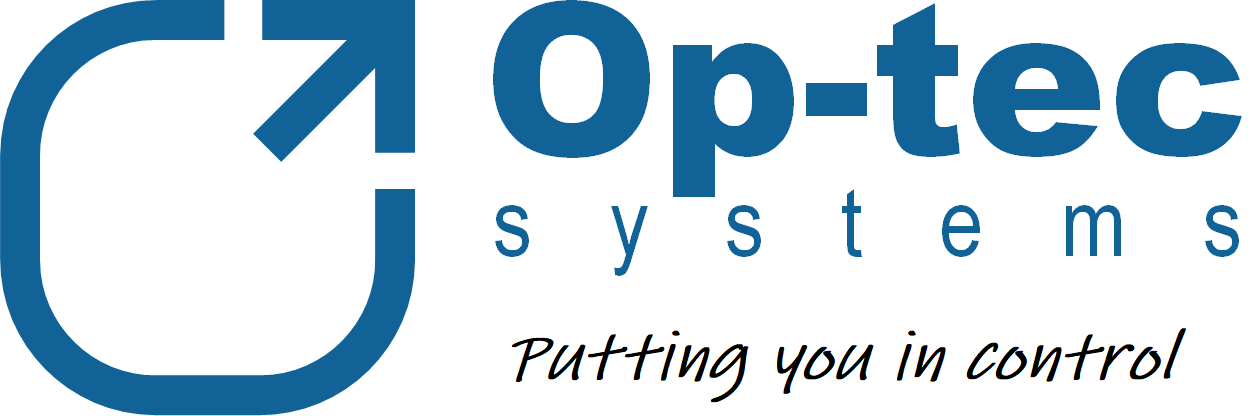Process automation and control represents a major capital expense and exerts great influence over the even greater expense of the production process its-self. But installed plant automation has a finite life which needs to be extended for as long as possible to maximise the viability of the process, and the business.
Facts & Options
Neglected controls suffers more downtime than maintained, is prone to cascade failures, and costs more to restore to full functionality.
Maintained systems runs reliably, forecasting becomes more accurate and the business can plan with confidence.
Neglected plant costs more in lost production time and poor quality-control, with product value being lost having to sell rejects at reduced price.
Maintained equipment has a longer life than that subject to neglect, but even the best becomes outmoded and reaches the end of its viability. A contingency plan should be in place for its succession.
Operating systems are not perfect when they are released, there will be upgrades throughout their lifespan.
Software is not perfect when it is installed, modifications will be made during commissioning and operational life. Changes to product specification or production technique will force program revision, to maintain best efficiency.
Power cuts, voltage surges and lightning strikes can occur. A disaster recovery plan mitigates their impact.
The diligent plant manager not only strives to maximise product quality and output, but also to minimise rejects, downtime and cost of repairs. Mechanical plant maintenance is good but on its own is not enough. A comprehensive regime including controls and automation is key.
Option 1: Do nothing
Adopt a reactive policy. If it isn’t broke then don’t fix it. Let circumstances dictate piecemeal, minimal action. This zero-spend policy appears to be cheap, but it carries massive risk of disruption leading to huge losses.
Option 2: Prepare for the worst, work for the best
Engage Op-Tec Systems to survey the estate. Identify the systems are that are most at risk of being made obsolete by costs rising out of control. Document findings and report..
Prioritise systems according to their vulnerability and importance to the operation. Update operating systems, firmware and programs to the latest compatible versions.
Prepare to replace controls hardware before emergencies cause catastrophic losses. A system that is operating correctly needs no immediate action but there should be a contingency plan for the event of critical failure.
Produce a plan to maintain up-to-date backups from all controllers, with copies to be held in secure storage remotely and on site.
A small investment will manage and maintain your automation assets and put you in control of your future.
